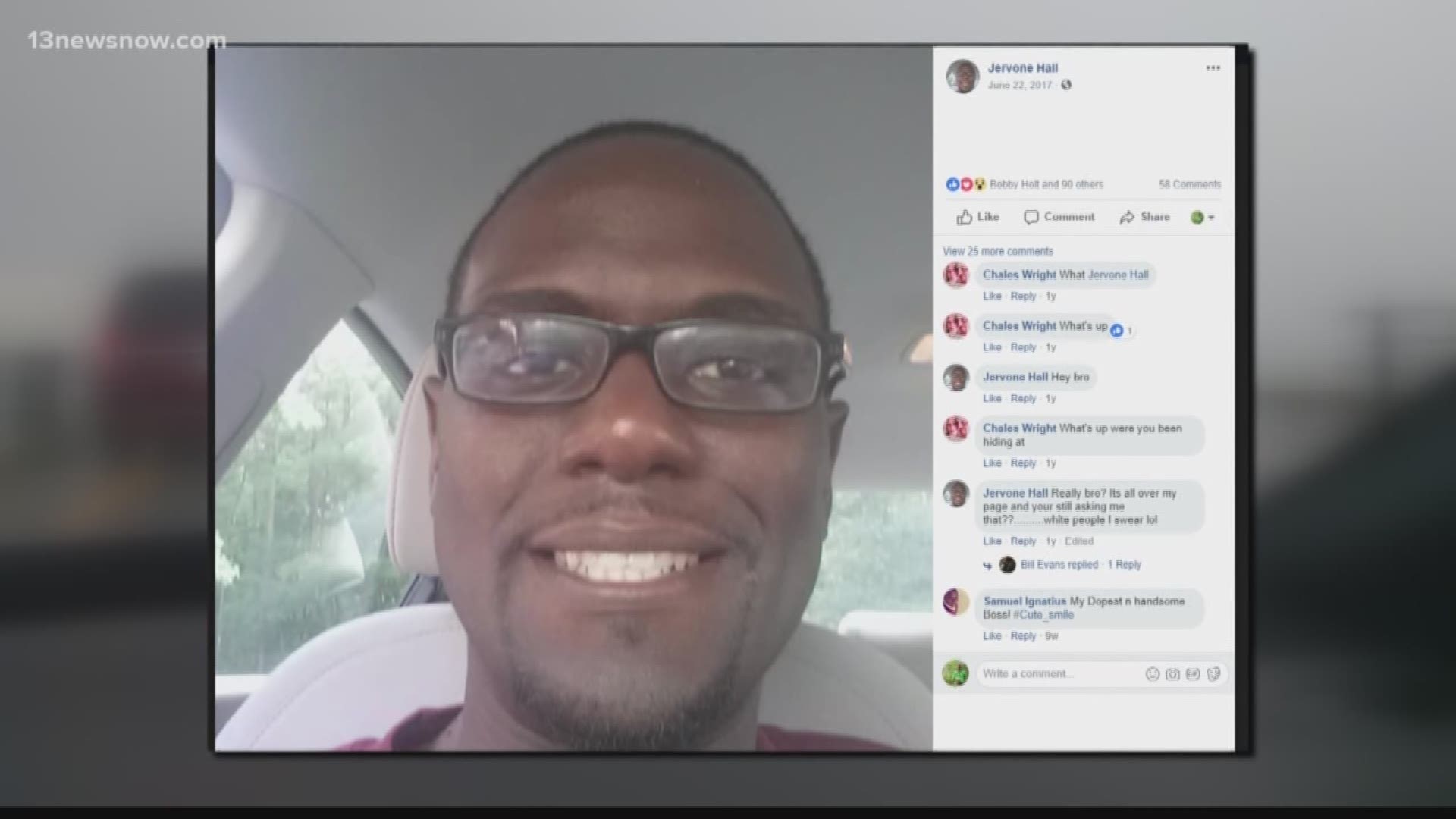CAPE CHARLES, Va. (Delmarva Now) — The search for answers in the fatal Chesapeake Bay Bridge-Tunnel crash that sent a tractor-trailer plunging into the water continues as crews repair "extensive" damage at the scene.
After lightning storms delayed efforts to reconstruct the crash until Tuesday morning, investigators are now working on what will likely be a weeks-long process of piecing together what happened, said Thomas Anderson, CBBT deputy director of operations and finance.
"The police investigation is still ongoing, and that’s something that I understand people are looking for answers today, but it usually takes a few weeks to get all the information back in order to draw the investigation to a close," he said.
The crash and its aftermath should not affect the construction of the Parallel Thimble Shoal Tunnel Project, which Anderson said is taking place several miles from the scene of the collision.
A news release states the southbound lanes that were initially closed by the crash have reopened, but the shoulder will remain closed until damage to the curb and guardrail can be repaired. Anderson said he expects the work to be done by the end of the week.
"They’ve been out there working on it today, but it’s really the first day that we haven’t had serious downpours that kind of prevent pouring concrete and that type of work," he said Tuesday afternoon.
The crash occurred July 27 at about 6:30 p.m. at the southbound 12-mile marker of the roughly 20 mile-long bridge-tunnel when a full-size commercial tractor-trailer collided with a van.
The van's four occupants were treated at the scene and released, according to officials, but the tractor-trailer went through the guardrail and plummeted into the Chesapeake Bay.
By Saturday afternoon, divers had located the wreckage and recovered the bodies of both the driver, 32-year-old Jervone Rakeem Hall of Bridgeville, and the passenger, 29-year-old Christopher Fenner of Seaford.
At this stage in the investigation, Anderson said any answer to the question of what caused the crash would be only speculation, but autopsies to determine the men's exact cause of death may offer additional insight.
"We’ve had incidents before where somebody had an accident and then you might think they fell asleep at the wheel, but then when you did the autopsy, you find out they had a massive heart attack," he said. "We don’t know that any of those things happened in this case yet, but that’s the kind of information that we’re waiting on."
At the earliest, he said it will likely be three to four weeks before additional information about the crash is released as investigators await autopsy reports and other lab results.
In February 2017, 47-year-old Joseph Chen of North Carolina died after the tractor-trailer he was driving also went through the bridge-tunnel guardrail and landed in the Chesapeake Bay.
Just prior to the crash, Chen had been waiting at the north toll plaza for the wind restriction to be reduced to level one, which bars "large pick-up campers; camper trailers or RVs; house trailers; anything being towed; vehicles with any exterior cargo that may become unsecured due to high winds" from crossing amid wind speeds of 40 mph.
While driving in the right lane, officials said Chen attempted to pass a slower moving tractor-trailer in front of him, but went through the guardrail after entering the left lane in front a slower moving passenger car.
Delmarva Now reported in March 2017 that it was third time a tractor-trailer had broken through the bridge-tunnel's guardrail since 2014, but Anderson said it was the first and only crash of its kind during a period of wind restriction.
Despite speculation that weather played a role in the crash, he said the investigation determined "driver error" caused the crash and that wind was not a factor, which meant it wasn't necessary to make any changes to the facility's policies or procedures.
Though the bridge-tunnel was operating under a 35 mph speed limit at the time of the July 27 crash because of heavy rain, Anderson said it was not under wind restriction.
Incidents like this one often raise questions and concerns about the safety of crossing the bridge-tunnel, but he said the facility has a "great track record," with an injury rate during crashes that's one-seventh the national rate and a fatality rate that's one-half the national rate.
"I think what you'll find in general is that accidents like this are certainly flashy and make for eye-catching headlines, but ultimately if you really dig into the data, our facility's a lot safer than most other roadways," he said. "When something like this happens, it gives the impression that it might be riskier than usual and it's anything but that."

